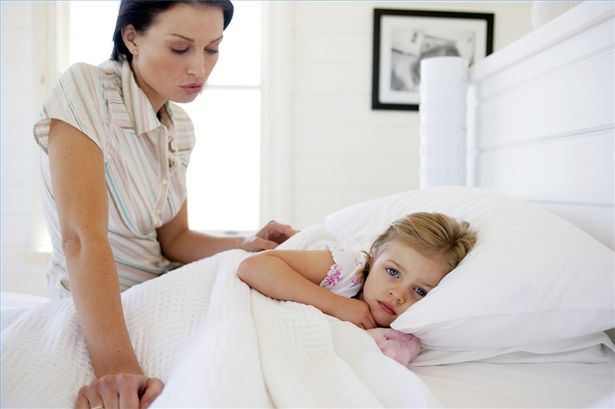








Our weekly updated blog aims to provide you with answers and information to all of your sleeping questions.

“Alaska Sleep Clinic has a history of providing the most comprehensive sleep medicine services in the state of Alaska. Its potential has only begun. I am here to take these high-quality, comprehensive services to all Alaskans.”
Brent Fisher has held leadership positions spanning a wide variety of complex and start-up organizations: manufacturing (pharmaceutical & medical device), software development, hospitals (academic and community), medical groups, consulting, hospice, military, engineered devices, engineered plastics, and private equity.
His writings have been published in various magazines, trade journals, and medical journals, including the Physician Executive Journal, Healthcare Executive, Modern Healthcare, Group Practice Journal, New England Journal of Medicine, and Journal of Healthcare Management (Best Article Award).
He has served on the Board of Directors of professional associations, civic organizations, and businesses.
Brent enjoys being with his family, serving in the community, hiking, camping, fishing, and hunting.